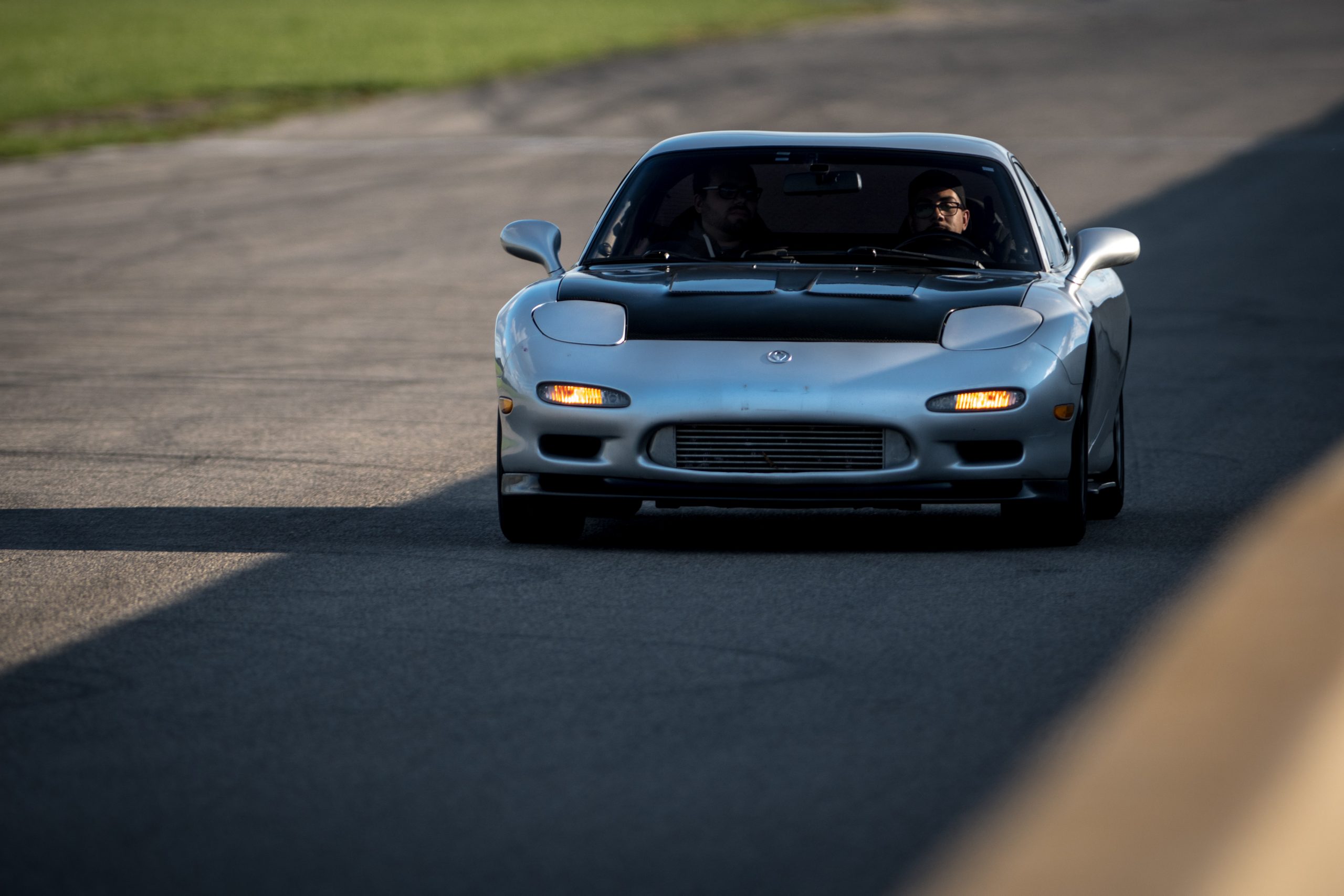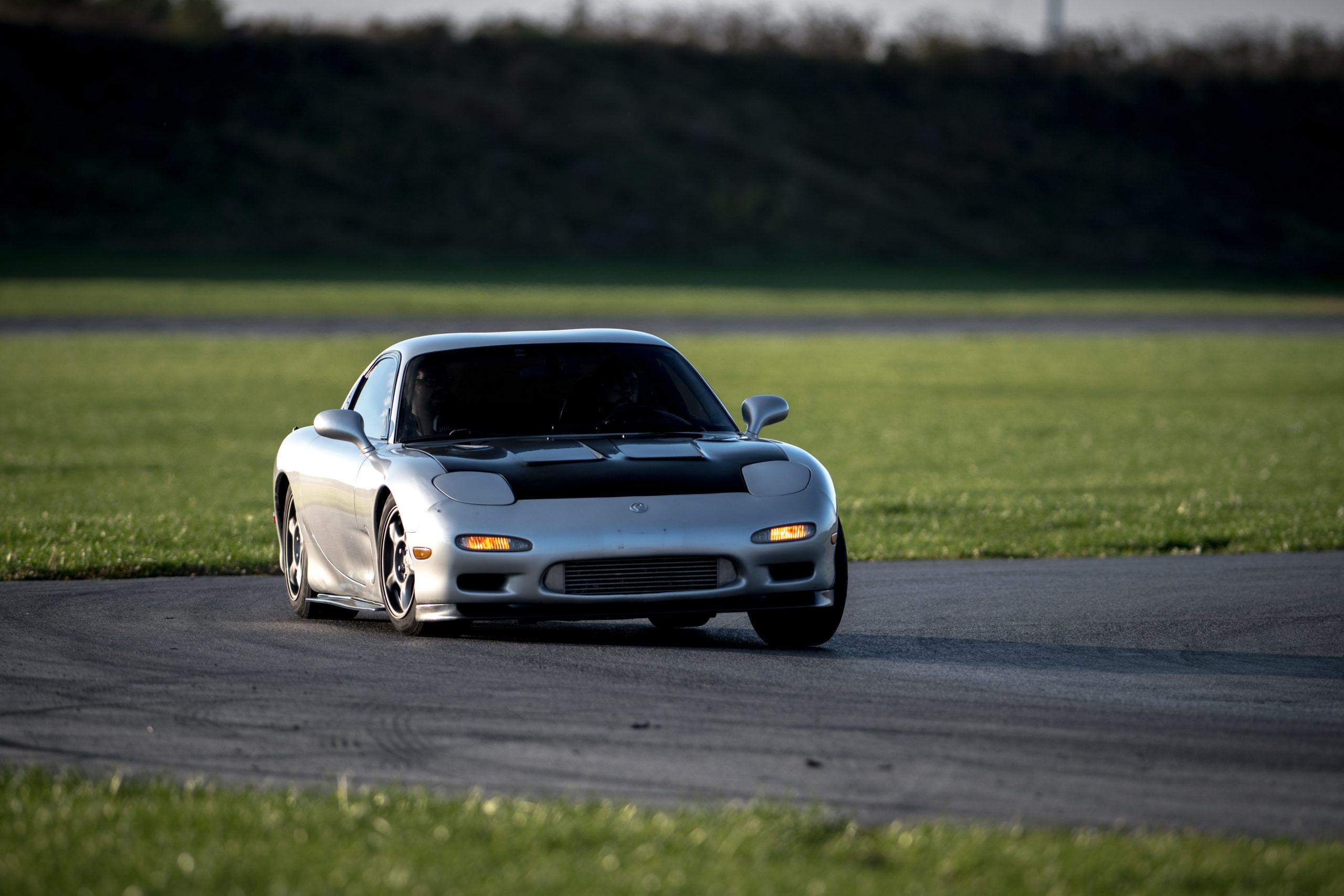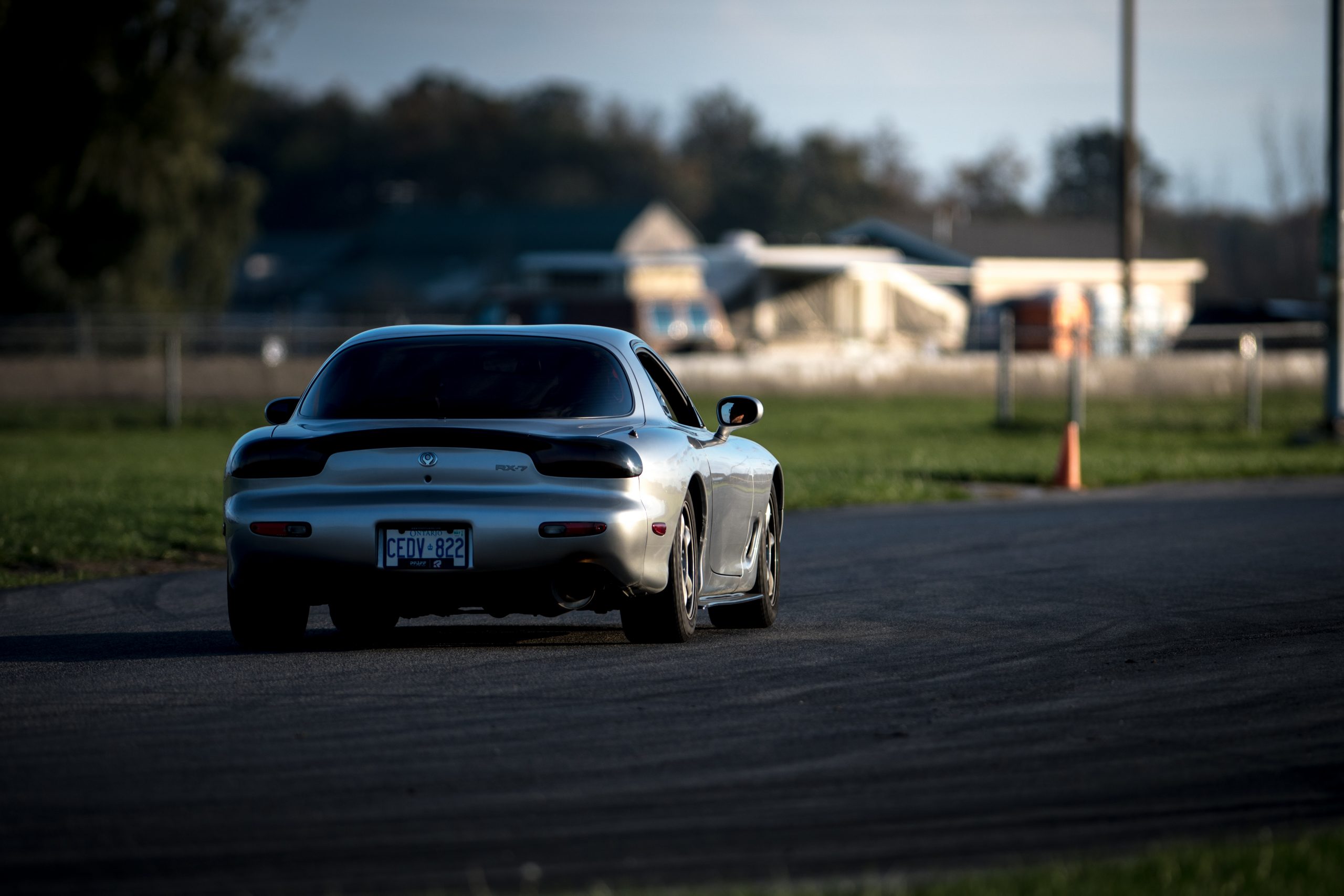Unprecedented
Unprecedented. It’s a term that politicians and media personalities frequently use to emphasize the gravity of the situation. In reality, it’s been used correctly twice in my lifetime: the September 11th attacks, and last week, when western society in just a matter of days came to the collective realization that no, the Europeans and the Chinese weren’t overreacting. That COVID-19 has the very real potential to wipe upwards of two-million of us off the planet. And with no vaccine in-sight, there’s only one thing we can do; hide in our homes. That has meant closing museums, parks, schools, restaurants, movie theaters; anywhere people can congregate. And as if a public health emergency wasn’t enough, the closure of everything deemed ‘non-essential’ has resulted in massive unemployment. It’s unprecedented; there is no playbook, no perfect solution, no timeline. Every day our Prime Minister steps out of his self-imposed isolation to deliver today’s plan. Every day is a new adventure.
Those of us lucky enough to be able to work from home have found our dining rooms turned into offices and our spouses turned into coworkers. The line between work and home has been eradicated. I’ve been told there are tricks to prevent this – move the furniture around when work starts and stops, dedicate a corner to work and cover it with a curtain. But nothing makes spending all of your time surrounded by the same four walls feel normal.
That’s when I realized that I’ve been here before — stuck and isolated. I grew up in the suburbs where going out meant one of two things; hanging out at the mall, or going to the movies. A general disinterest for popular culture meant I’d typically spend the entire weekend stuffed in my bedroom playing guitar. Self-isolating before it was cool. That’s considered normal behavior when you’re an angsty teenager. Then I learned to drive. It wasn’t some car-enthusiast glory moment I’d been dreaming of, it was pragmatism. I got a job outside of the city, which meant I couldn’t take the bus, so I needed to drive there. But when I got behind the wheel for the first time, something clicked. The feeling of acceleration, of cornering, feedback through the steering wheel. Driving, and by extension, car culture became my escape. That remains the case today.
Back then we were all escaping our parents. Today, driving happens to be a great way to temporarily escape this never-ending self-imposed isolation. After all, bombing around the countryside encased in a water-tight cocoon of steel, aluminum, and glass has to count as ‘social distancing.’ With that logic, a plan was devised. I messaged my friend Mikal, and he messaged Sadiq. We jumped on the highway and pointed the cars north with no destination in mind.
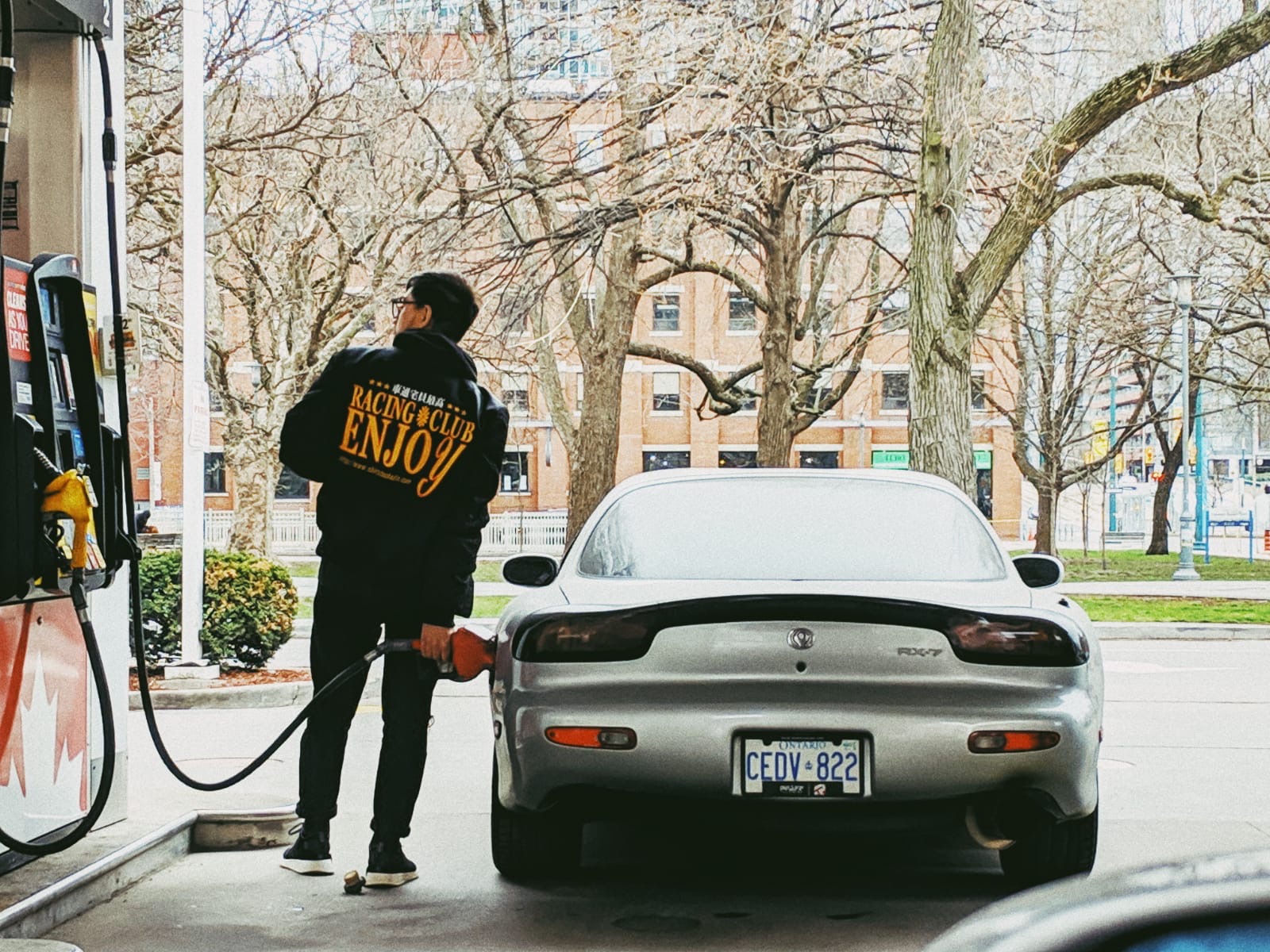
I met Sadiq the way most of us do; in a parking lot surrounded by noisy cars under the cover of the night sky. Otherwise known as a meet. He shared stories of his several engine-swapped 240SXs and their various mishaps. I looked through his misery and saw a kid my age who completed an engine swap in his garage – so I thought I’d try to do the same.
What I failed to recognize was that there was a reason Sadiq left a life of crawling around an oil-stained floor behind him, instead opting for a then-brand-new 2016 Miata. If you like driving, project cars suck. And while I was solving electrical issues and fixing exhaust leaks in parking lots on my clapped-out project car, he was touring around the continental United States on a wild 20,000 km road trip. Eventually, I accepted that the Miata would never be comfortable enough, nor reliable enough to do the sort of trips I aspired to do. I wound up in the FRS and since then we’ve been to Road Atlanta and 40-odd track events without issue. If the world ever returns to a state of relative-normalcy, I’d like to make the cross-country trip to California and attack Laguna Seca. I digress.
Mikal, on the other hand, slid into my DMs while I was trying to sell the old Miata. I mentioned in the listing that I was considering trades for either a BMW 128i or an FRS/BRZ plus cash on my end. He wasn’t remotely interested in the Miata. His only goal was to inform me that buying a 128i for track use was an immensely stupid idea. Precisely because he made the mistake of buying a 128i and spending thousands on parts to make the car work on a race track. This time I listened. Today he owns an Acura TL and not one but three RX-7s. Naturally, just one is currently running: the FD.
I lift at 4000 rpm and giggle like a toddler at the sound of blow-off valve spewing wasted boost into the atmosphere followed by POP POP of the exhaust spitting flames and wasted fuel behind me.
Lost on Purpose
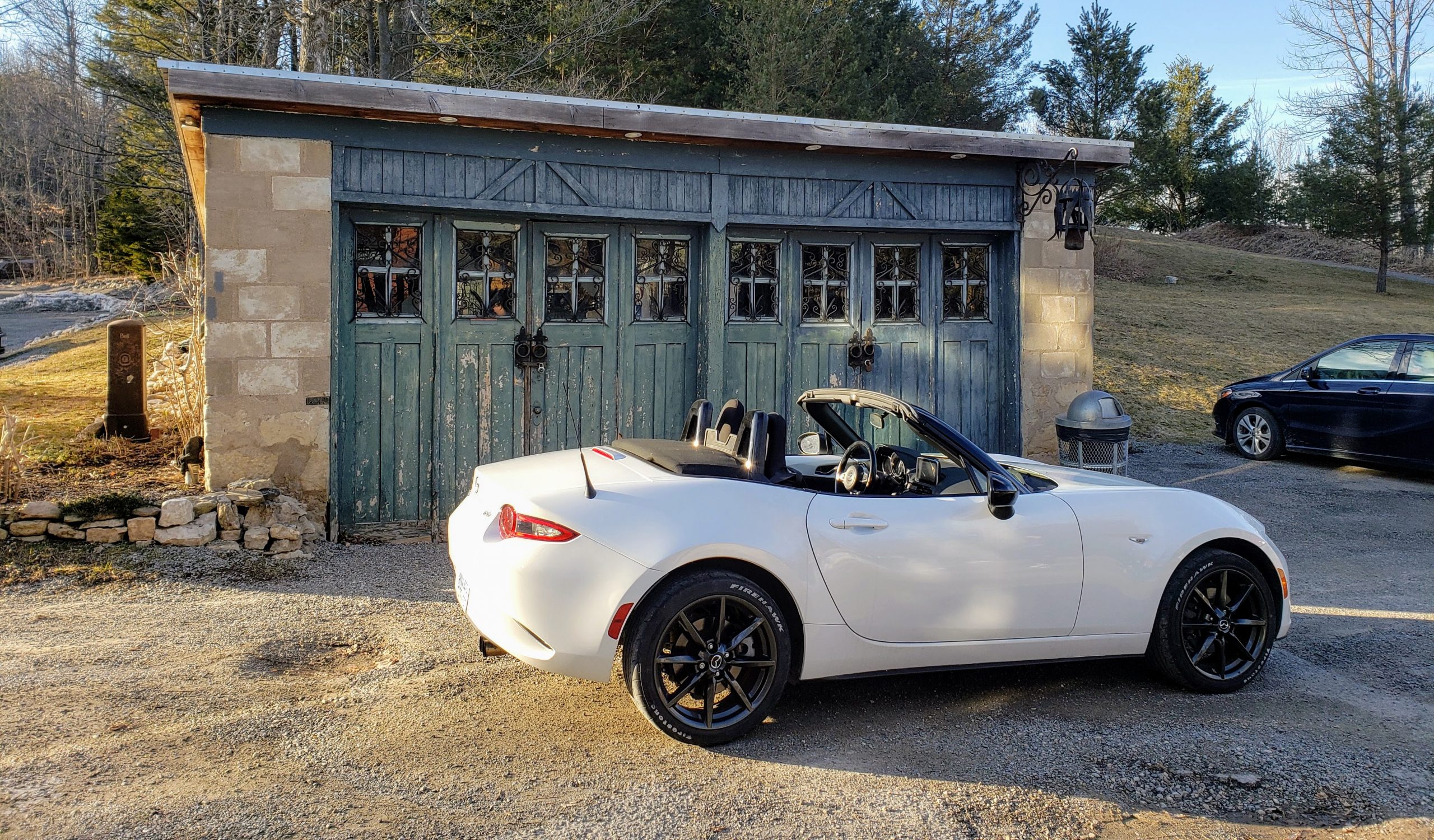
Today Sadiq’s driving his ND Miata; miraculously bone stock after four years of ownership. He’s smart like that. Mikal’s in the RX-7; by far the most obnoxious of the three courtesy of a carbon fiber hood, and a tendency to shoot flames and make glorious rotary noises audible blocks away. It’s sequential twin turbochargers are stock, but virtually nothing else is. It features a Greddy intercooler, piping, downpipe, HKS exhaust; the works. Courtesy of an Apexi Power FC ECU, upgraded fuel pump, injectors, and a custom tune, it makes roughly 380 hp. It’s a simple, old-school JDM build. Tein coilovers along with a set of Yokohama AD08Rs on stock wheels keep things neat and tidy. For a car that’s regularly mistaken for a Miata, it gets all the attention from passers-by and gas station attendants alike. Did I mention the noises it makes? Damn good noises.
Out of habit, we made our way to Forks of the Credit road. It’s a three-kilometer single-lane stretch of asphalt that snakes its way through a residential neighborhood and features a single brilliant corner; a left-hand corkscrew followed by a blind, up-hill, off-camber crest. But because snowplows and other heavy machinery are completely incapable of traversing the winding passage, the asphalt is pristine.
It also holds the honour of being the one place virtually all of us learned to drive fast. In the early-2000s, much to the dismay of local residents, kids would do timed runs up and down the street. I worked at an airport just five minutes south, so we’d routinely make our way north when our shifts ended and drive up and down until sleepy tears filled our eyes. I have vivid memories of cresting a hill at highway speeds in my mother’s car and feeling the old Honda getting terrifyingly light. We were really, really stupid. Accidents happened occasionally, but I’m honestly surprised they weren’t more frequent. That was then, this is now. These days, local police put down speed bumps in the summertime and it’s littered with cops virtually year-round. And honestly, it’s for the best.
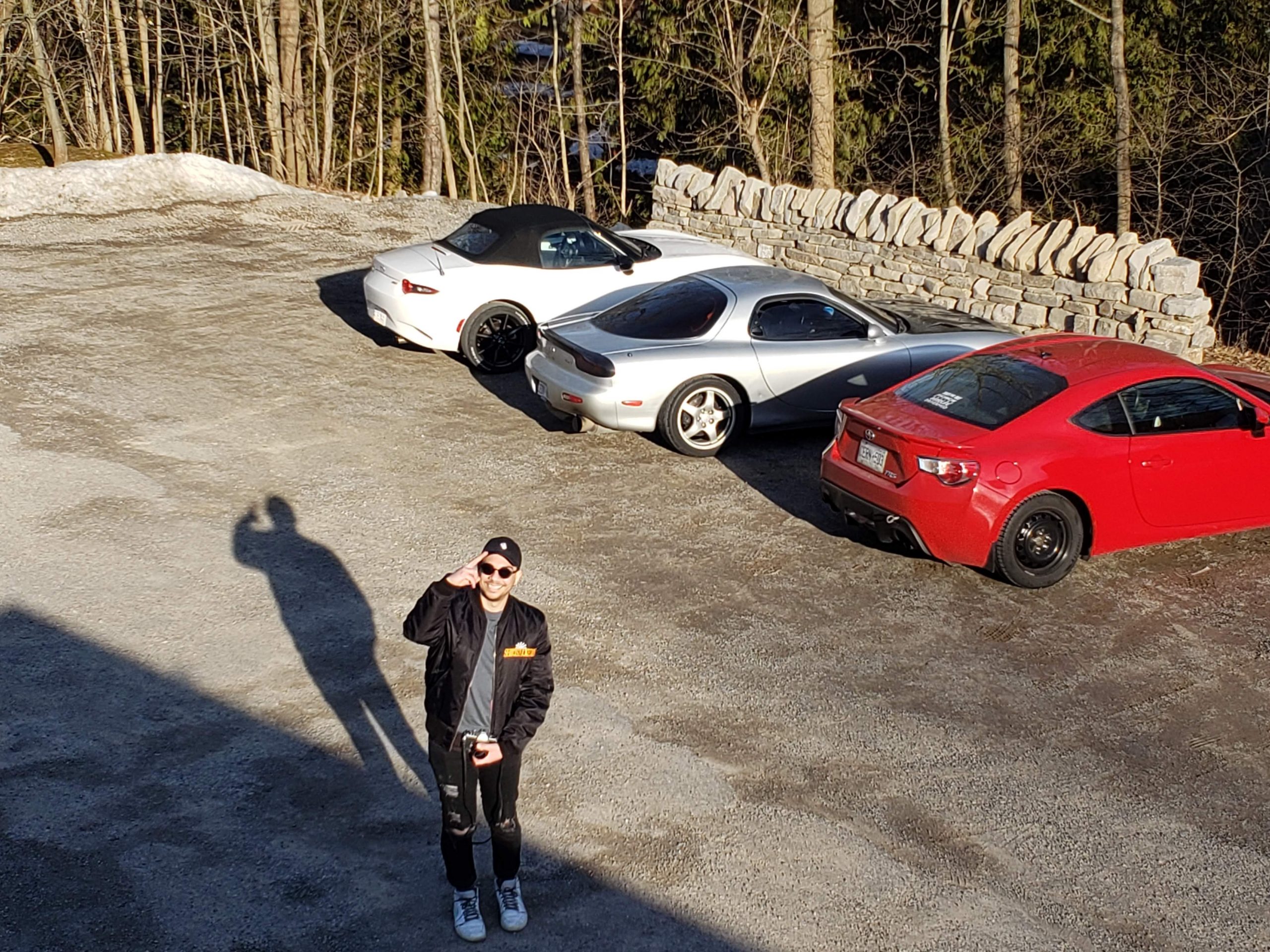
Unsurprisingly — Forks is bustling today. Families crawl through the passage in neutral coloured crossovers hoping to enjoy a breath of country air. The trick is to pace yourself. This isn’t California; Ontarians don’t understand the concept of pulling over to let others by, so you’re left with two options: show up at 7 am or pull over frequently to avoid getting stuck behind a CRV doing 30 kph. We get a gap before the hairpin. I’m trying to lose the white Miata that fills my rear window. My hand finds the gear lever, slots it into second with a quick blip of the throttle and the FRS charges up the hill. On the way out the rear chirps and squeals and begs to step out of line coming through the off-camber right-hander. The Miata is still there.
Sadiq brought the right car for a road like this. I could be driving a McLaren 720S and he’d still be sticking his comically long hood up my tail. The Miata is visibly effortless; carrying immense speed through the bumpy, twisting spring landscape. Turn-in is sharp. Grip is plentiful. And thanks to a combination of low-weight and short gearing, the Miata manages the sprints between corners faster despite a 45 hp deficit over the FRS.
Off-brand winter tires mean the FRS feels nervous; pushing slightly in high-speed sweepers and oversteering wildly everywhere else. It’s a riot, but it’s a slow one. Later, Sadiq gets in front of me and with a flick of his wrist reaches back and drops the soft top. It’s four degrees out and it dawns on me that he’s probably having more fun than I am. For a moment I catch myself thinking about the cesspool of germs and bacteria my steering wheel and shift knob must be. I remind myself that touching my face could result in death.
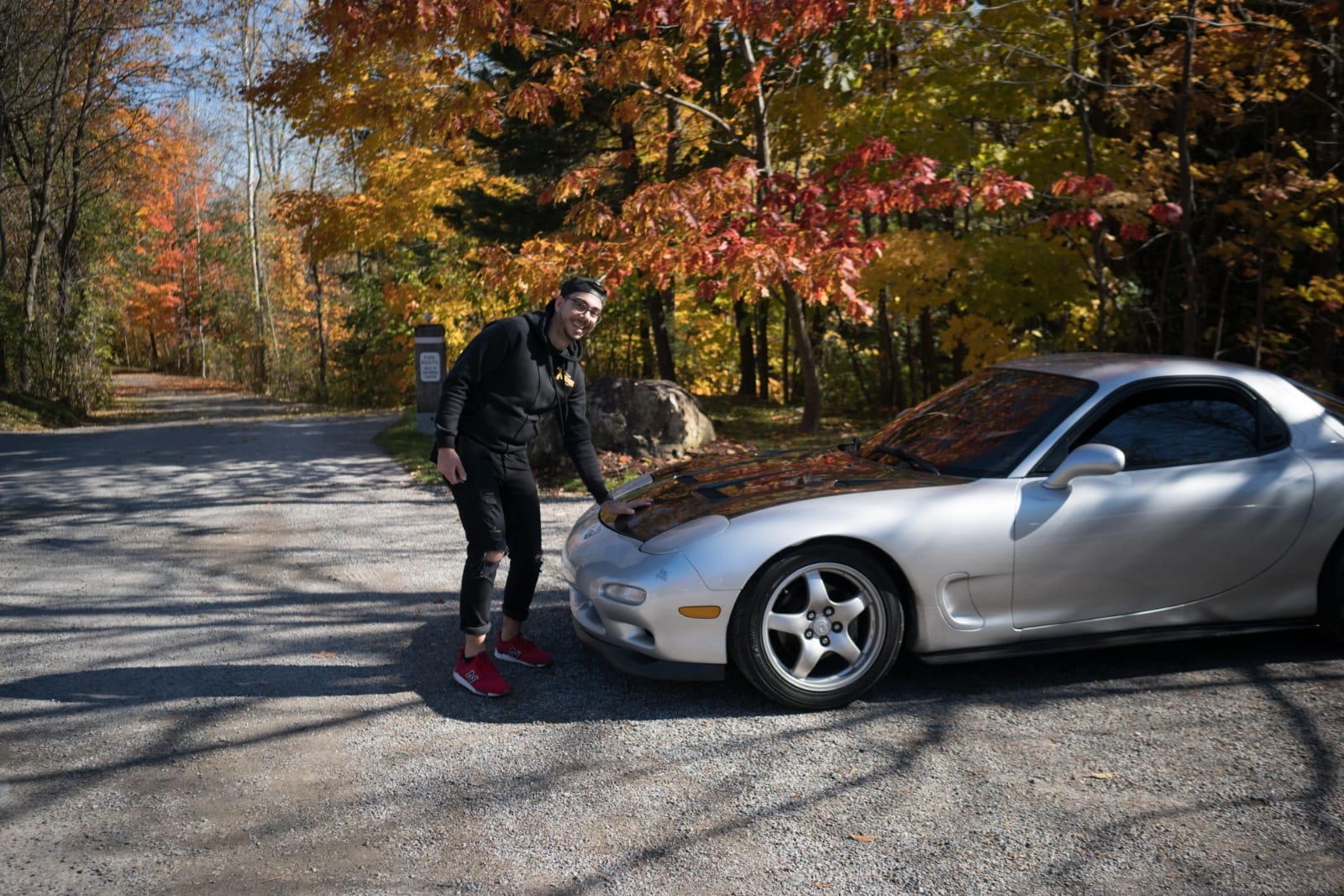
We pull into the gravel lot of a closed art gallery to get some fresh air while maintaining our government-mandated two-meter distance. The RX-7 gently hums in the background – Mikal not daring to shutdown the turbocharged rotary before the turbo has a chance to cool, god-forbid oil deposits form in the turbo resulting in an untimely death. One of the three-hundred ways to kill an RX-7. It’s a little rough in spots courtesy of several well-deserved thrashings at the track, but it’s been reasonably reliable under his care.
I was in the driver’s seat for one such track day thrashing last year, and I walked away disappointed. The FD RX-7 is now a very old car. And while we love to wax and wane about the feedback and joy cars of this vintage produce, putting it up against cars with twenty-plus years of progress will result in complaints that are difficult to ignore. Realities such as remarkably slow steering, power steering that always feels a touch over-boosted and brakes that are anything-but confidence-inspiring.
Later, I got the chance to drive it on the road: that’s where the RX-7 shines. It’s docile; the chassis speaking to you as it rolls from apex to apex. But all you can really focus on is the sheer drama oozing from the thing. I roll on the gas and the horizon becomes a blur as I’m shoved forward. I lift at 4000 rpm and giggle like a toddler at the sound of blow-off valve spewing wasted boost into the atmosphere followed by POP POP of the exhaust spitting flames and wasted fuel behind me. Mikal looks at me like I’ve committed a mortal sin. “That was just the first turbo! Keep going!”
I quickly learn that the RX-7 loves to be left in one gear and revved to the moon and back. There’s no valvetrain to take mercy on. Just the glorious sound of a billion mechanical bees under the hood and a mountain of boost. I’ve never driven anything that elicits so much child-like joy. It just builds and builds and builds until finally you lift and whoosh! Snap! Crack! Pop! Echo through the forest around you. It’s an auditory assault on the senses. I now understand why the sheer mention of V8 swap in the presence of an RX-7 owner results in rage. It’s because you’re trying to apply logic to a car that defies it.
It’s like trying to measure the productivity of a Monet or comparing the audio quality of a vinyl record to a lossless audio file. You’re missing the point. The RX-7 isn’t supposed to make sense. It doesn’t give a damn about your lap times, your fuel economy, your numbers. It’s bigger than that. If you want to go fast buy an MK5 Supra. It’s visceral, raw, pure. It makes virtually everything else I’ve driven feel clinical. The FD RX-7 is an unshakable experience.
Forks opened up into faster, flowing roads. The kind that requires a combination of horsepower, grip and a complete and utter disregard for speed limits to be enjoyed. The kind of road that only gets ‘technical’ when you’re flying through it in the triple-digits. Naturally, the turbocharged RX-7 led the way while us lesser folk tried to keep up.
It took work; the FA20 spinning dutifully to redline shift after shift. Speeds pick up and I catch myself wondering if all the cops are in quarantine. The auto-store spec pads I’ve been running over the winter begin to fade badly and I start questioning my decision to be on that road, on that day. The RX-7 is under-tired and unforgiving, and this is literally, the worst time you could end up in the hospital, so Mikal lifts and the pace slows. I find myself catching my breath by the time we roll into the abandoned general store at the end of the street. Maybe it’s carbon monoxide poisoning from driving behind the RX-7, or maybe it’s just late. Either case, tired and hungry, eventually we find ourselves rolling through a Wendy’s drive-through in a desolate parking lot.
Finding Normalcy
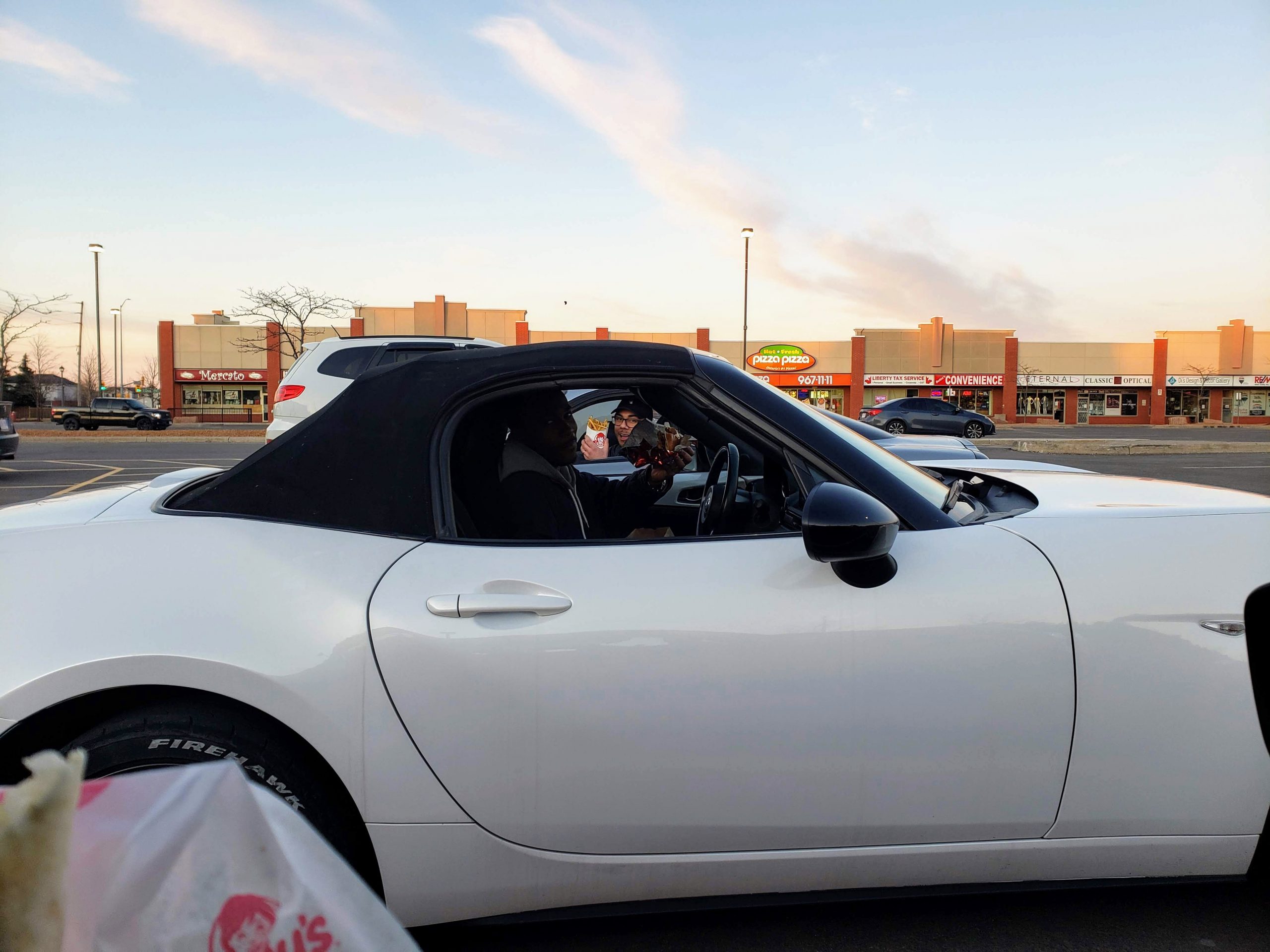
We park side-by-side and shoot the shit for half-an-hour or so. It feels like we’re back in high school: driving aimlessly, eating garbage from a window. Except we’re adults with real, serious jobs. And instead of avoiding parents, we’re avoiding a nation-wide quarantine brought on from a global pandemic. A few kids drive by in a BMW M4 and stop to yell ‘nice car!’ at Mikal slouched in the RX-7. They leave and he chuckles at the audacity of someone driving a $100,000 bimmer admiring the aging Mazda, well aware that that’s not the point. Everyone loves an RX-7. We talk about summer lapping plans, trips we’d like to take, cars we’d like to buy. Things feel normal again. The pent-up anxiety subsides.
I take almost everything too seriously; cars especially. Years of autocross and time attack change the way you look at cars – the components start being more important than the whole. Take Sadiq’s Miata; it combines a 2300 lbs curb weight with double wishbone suspension, 50/50 weight distribution, and a rev-happy four-cylinder mated to a six-speed manual featuring wonderfully short gearing. But that description is painfully inadequate. It’s an experience. It’s the wind in your hair, the sound of a perfect rev match, the grace of its petite chassis rotating around your hips.
That’s why discussing the RX-7’s suspension design, horsepower figures and curb weight feels so painfully inadequate. It’s a car that’s all about the experience. And for that reason, I’ve never been able to justify the sort of money they command. I love racing, competition, and there are faster, more reliable track-day toys out there for much less money. Until that unshakable pragmatism wanes, I can sleep happily knowing that there are people out there like Mikal who are willing to deal with the RX-7’s relentless maintenance cycle to keep these wonderful cars on the road.
The Miata, the RX-7 and the FRS take very different approaches in their attempt to generate sheer driving pleasure. In other words, to escape everything very real, and scary about the world today. The RX-7 is a brilliant giggle machine under acceleration, the Miata is lightweight, simple and effortless, and the FRS is a rev-happy drift machine. They’re not the fastest track weapons and that’s exactly what makes them so enjoyable on the street; you’re able to kiss their limits without risking life and limb. And with race tracks everywhere closed and no passengers to worry about carrying, cars like this are exactly what we need to get through this.
There’s something uniquely special about hitting a backroad in a great car. After all, while driving fast on a race track requires a lot of things; technical prowess, impeccable smoothness, consistency, and hyper-fast reflexes, most of us never make the leap to track driving, opting instead for twisting back roads and mountain passes. It’s where most of us fall in love with driving. And while you’re unable to show the same brutal disregard for the conventional laws of physics on the street which you can on the track, street driving nurtures a very different muscle; restraint. Because you never know when you’ll find sand on an apex, another motorist crossing the line around a blind corner, or wild animals jumping out into the road. All you can do is slow down and look ahead. In that sense, driving a back road is a great analogy for the situation we find ourselves in today. Every day is a new corner. Nobody can predict what’s coming next. All we can do is slow down, stay indoors, and take the punches as they come.
A huge thanks to Mikal for inspiring this piece, helping immensely with copy editing, and for letting me use his pictures.

